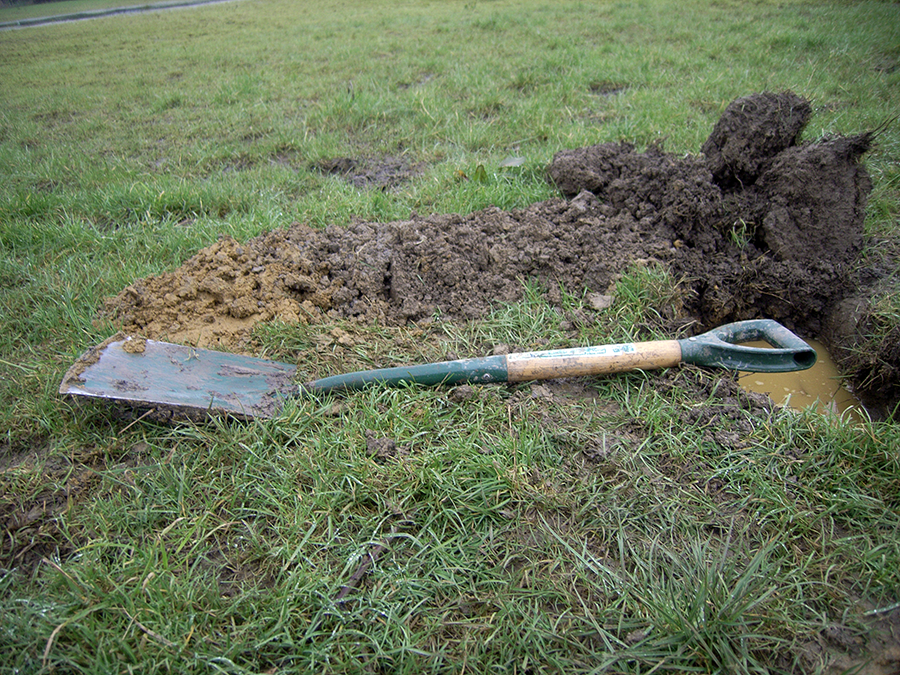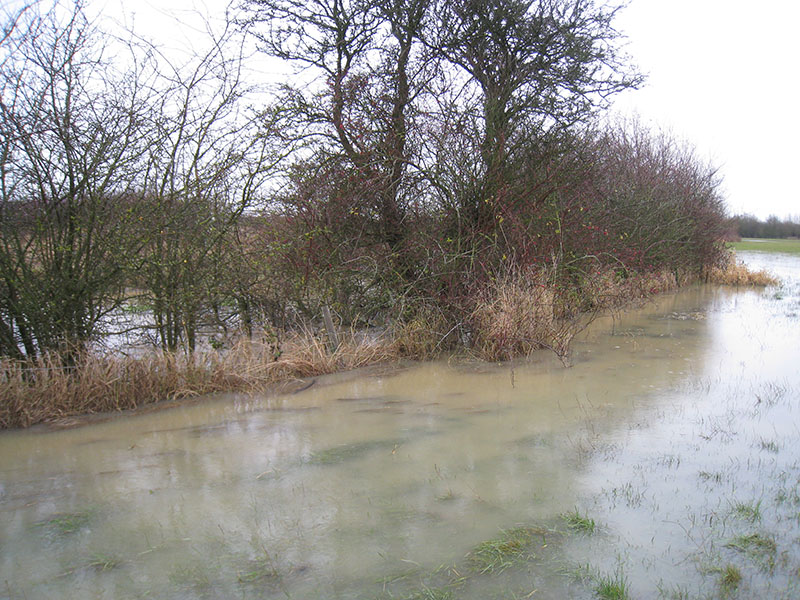The benefits of floodplain meadows
Floodplain meadows are important natural capital assets which deliver a wide range of benefits to people. Sitting at the cross section between terrestrial and freshwater ecosystems means they offer a wealth of resources. You can find out more about Natural Capital and why it's important here.
The deep alluvial soils of floodplain meadows have a high capacity to store carbon. They also act to remove nutrients from river systems via the uptake of nutrients in the hay crop, resulting in improved water quality, and can mitigate flood risk by providing space for surface water. Their well-structured soils allow movement and storage of groundwater. They are recognised as low carbon sustainable farming systems that produce beef and lamb with no artificial inputs, relying only on the natural fertility of the river sediments, whilst creating a fantastic habitat.
Each meadow supports a complex ecological system of plants, invertebrate and bird life, contributing to habitat for pollinators, and wider biodiversity. Their ancient roots and enduring interest by and for people and their location in the landscape as a connection between wet and dry, mean they are important cultural heritage resources and are valued highly for their mental and physical health support.
They are however, very rare, and the lack of such habitats in functioning floodplains reduces our resilience to floods and drought, reduces the abundance of pollinating insects and natural pest control agents, and reduces the potential for carbon sequestration and water quality improvements.
Sustainable agriculture
- Restoration of species-rich floodplain meadows at a landscape scale could help in the drive to achieve net zero, support the green economy and provide jobs by extending a naturally regenerative agricultural system that requires no chemical inputs yet recovers well after floods and remains productive during droughts. The animals that graze such meadows and consume the hay require less imported feed, have better nutrition and therefore produce healthier meat for human consumption.
 © Mike Dodd
© Mike Dodd
Carbon storage
- Regular replenishment during floods ensures floodplain soils are constantly accreting and maintain their fertility without additional inputs. More carbon is stored in soils than in vegetation such as trees.
- The deep rooting strategies of floodplain meadow plants enhance the ability of floodplain soils to sequester and securely store significant quantities of carbon throughout the soil profile.
- Organic carbon within the top 10 cm of soil at North Meadow in Wiltshire was recorded as 109 tC·ha−1 a much higher value than reported for other neutral grasslands.
- Carbon sequestration in a newly restored floodplain meadow particularly if restored from land that has been managed for arable crop production, occurs more rapidly and over a much larger scale than is likely to be achieved through tree planting, and the land can continue to be farmed.

Natural flood management and aquifer recharge
- The increased likelihood of extreme events makes it vital that the ability of flood-plains to slow, store and filter floodwater is restored so they can play a critical role in natural flood management. The enormous potential for river and flood-plain meadow restoration as nature-based solutions to both floods and drought is recognised in the Working with Natural Processes documents (Environment Agency 202115), but rarely utilised. Flood-plain soils tend to be highly permeable, often with underlying deposits of sand and gravel, allowing water to replenish the aquifers below and support low summer river flows, buffering rivers against drought.
- Conversely, because seasonally inundated flood-plain soils are very vulnerable to compaction when wet, and to erosion when left bare over winter, arable crops such as maize are particularly damaging in flood-plains.
 © Mike Dodd
© Mike Dodd
Water quality benefits
- Widespread diffuse pollution from intensive agriculture results in many rivers having artificially high levels of suspended sediment and excess nutrients.
- Restoring floodplain meadows, for example by replacing arable crops, can directly reduce inputs of both. Up to 40t/ha of sediment were deposited after the 2007 summer floods on 10 UK floodplain meadow sites across five catchments. The deposition of nutrients on floodplain meadows across England was also significant, varying from 2 to 270 kg/ha−1 for potassium and 1–32 kg/ha−1 of phosphorus.
- The ability of floodplain meadows to trap sediments and export nutrients such as phosphorus through the annual hay cut is vitally important to the restoration of good ecological status to rivers. A single hectare of meadow can export 5 kg of elemental phosphorus from a river system every year, highlighting their potential as a nature-based solution to eutrophication.
